
Perspective Paper
Customer Centricity Part 3:
Operationalizing a Customer-Centric Organization
Efram Lebovits, Claude Ricks, Jordan Shapiro — June 4, 2020
This paper is the third of a three-part series providing insight into how organizations can deliver a transformational customer experience by more clearly aligning their customer journeys to their market-facing promise.
You have started listening more deeply to your customers and recognize that their feedback is a gift. But are you taking full advantage of this gift? Or, have you simply put it up on the shelf, left it to gather dust, and gone about your day-to-day operations as you always have done?
If you are reading this, then we assume you have already taken, or are planning to take, several important steps along the customer-centricity journey. Whether the result of managing through a crisis or simply because of a courageous shift in strategy or leadership perspective, your organization has started to better understand how your customers’ expectations connect to your brand and has expressed a desire to make them a key stakeholder group to invest in. This is great progress, but there is a big gap between wanting to be a customer-centric organization and actually being one.
In our first and second papers in this three-part Customer Centricity series, we introduced our perspective and guiding principles around customer journeys. We outlined the critical importance of the rational and emotional drivers of customer choice and loyalty and depicted how these drivers could be mapped along the end-to-end customer journey to identify the critical “Moments of Truth” and “Pain Points”: moments where delivering these needs matter most. Organizations that do this are better equipped to link customer expectations to their current capabilities, accountabilities, and internal processes, and focus on delivering against these expectations at the most important times, thereby creating stickiness and enduring loyalty.
In this concluding paper, we will bring these earlier ideas together and share our perspectives on how to operationalize a customer-centric organization to ensure that key customer expectations are prioritized and met (or exceeded) in a manner that is consistent with a brand’s underlying promise to the market. We will explore how to decide on actionable priorities to building future state customer journeys, and how to measure and manage an organization’s progress along this transformation. Finally, we will share a synthesized view of the critical best practices that we believe underpin a truly customer-centric organization.
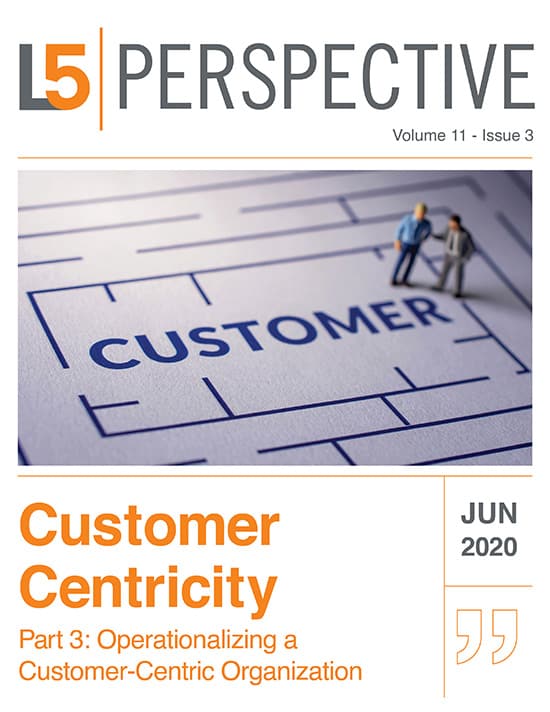
1. A Closer Look: Identifying Gaps and Prioritizing Journey Improvements
You’ll recall from the first two papers how our concept of “squares and circles” helps organizations map out the end-to-end customer journey, both from the customer’s perspective (“circles”) and from the vantage point of the internal processes and capabilities that enable those experiences (“squares”). While building this map is a key requirement to generate a clear picture of both the current and desired state, determining how to get to the desired state requires that we dig a little deeper into how those internal processes are set up to function.
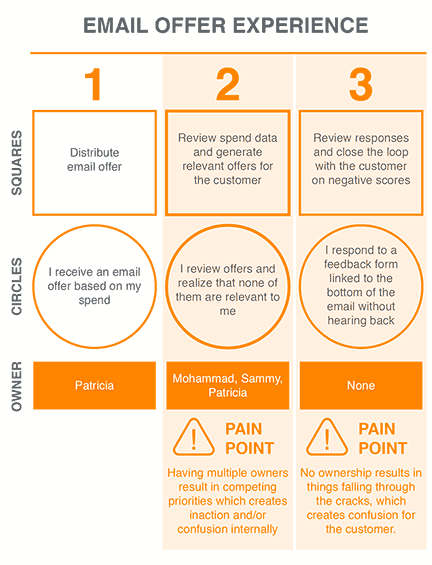
Figure 1: Ownership of Squares and Circles. Source: Level5 Strategy
We have found that organizations often have overlapping/disconnected processes and multiple teams/owners (or worse, none at all!) in the squares associated with each circle. Given this, it is no wonder why one often hears negative customer feedback relating to important experiences. They spend hours being bounced around customer service queues; they are promised something in one channel, only to find that in another this promise cannot be honoured; they cannot intuitively figure out how to do something that ought to be straightforward. The key to resolving these issues is ensuring that there is clear and singular ownership of each square relating to an associated circle – this is especially important for squares that relate to “Moments of Truth”. This ownership must also include the appropriate decision rights to effect change along that part of the customer journey. For example, consider Figure 1, which illustrates how unclear ownership – either having multiple owners or no owner at all – leads to the creation of Pain Points through customer confusion.
Understanding the current and desired state of key customer experiences (circles), enabling processes (squares), and the stakeholders involved throughout allows organizations to identify not only gaps in ownership but also gaps between how they currently bring the experience to life and how they should ideally be doing so. Building this map allows an organization to clearly identify where gaps exist and frame the required key actions that are required to improve the customer’s experience. Identifying ownership gaps as well as critical Moments of Truth or Pain Points helps organizations develop a fulsome list of go-forward improvement activities to consider. The question then becomes who needs to action these initiatives and in what sequence.
It would be naive to assume that all activities on this list can and will get done – resources are always constrained, other priorities fight for people’s time, and the financial realities of the day (e.g., quarterly performance) dilutes attention to customer-focused decision making. There are many methodologies companies use to help prioritize; we have found that it is most helpful to arbitrate decisions by performing a rapid assessment of each potential action against both an internal and external lens.
The internal lens typically considers the ease (or, alternately, the complexity) with which the specific idea can be implemented. This can be as simple as a single variable such as the scale of investment required, or time to complete – or, it could be a synthesis of several criteria such as these and others (e.g., the breadth of systems/processes to be changed, the scale of dependencies, the degree of internal stakeholder alignment needed to move forward, etc.).
By contrast, the external lens focuses squarely on impact, and, more specifically, the impact on the customer’s experience. We often observe organizations looking solely at the financial or operational benefits of a potential project; that is revenue growth, cost/time reduction, etc. However, in customer-centric prioritization, these are second-order benefits. Improvements to the end customer’s experience should be the driving variable. Over time, experience improvements will lead to these higher-level business outcomes.
As you can see in the illustrative Figure 2 below, using an internal and external lens for assessing customer experience improvements creates a segmented picture of the full portfolio of actions. Activities that are in the top right quadrant have a high impact on the end-customer and are relatively easier to deliver than other activities – these should be the first focus to drive noticeable impact quickly and generate both internal and external momentum.
Conversely, activities in the bottom left should not be considered further, their return on effort is not justified. While the remaining activities are impactful, they are more complex changes that will require broader organizational focus, cross-functional support, greater investment, and coordinated execution. Gain momentum before tackling these more complex cross-functional activities.
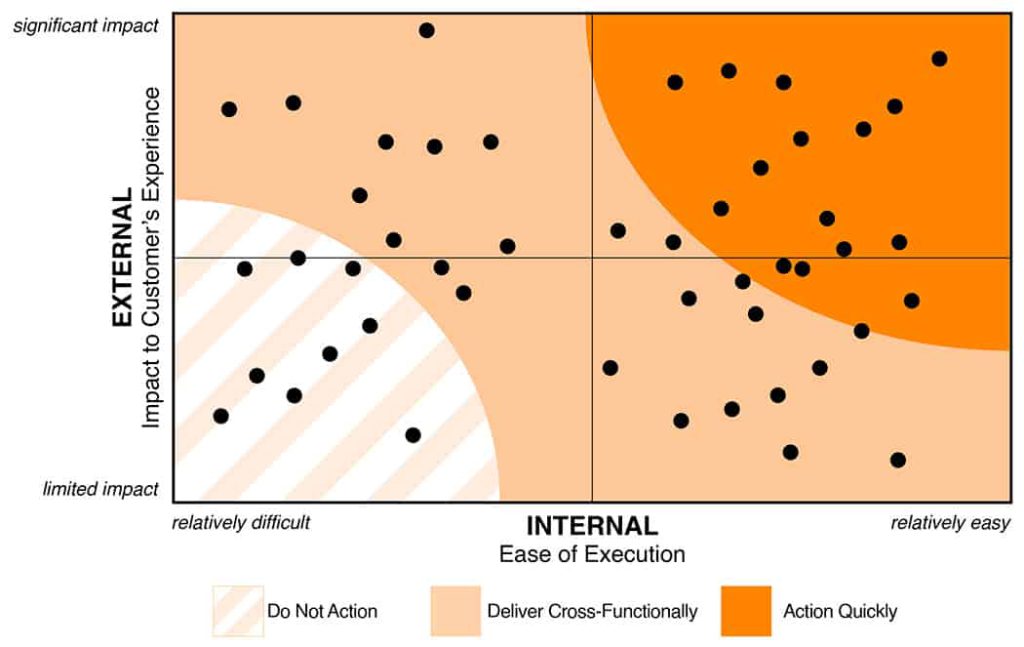
Figure 2: Customer-Centric Lens for Decision Making and Investment Prioritization
2. A Closer Look: Operationalizing the Customer-Centric Organization
If you’ve gotten to this stage, then you now have the insights, the priorities, and the mandate to focus not just on delivering improvements to the key customer experiences, but to do so in a sustainable, enduring manner that permeates the entire organization’s culture. Still, this is no easy exercise – it requires commitment across the company, resolve to stick with it over a lengthy time horizon, and a common language with a consistent drumbeat to ensure that everyone involved has the same understanding of where you’re headed.
Two key ingredients need to be put in place to help increase the likelihood of long-term success:
- An agile, cross-functional delivery team supported by a simple set of governance mechanisms
- A concise set of clear and regularly tracked performance indicators to empower the team to make the right decisions, know how they’re doing, and quickly course correct when required.
While the previous section emphasized the need for singular ownership and accountability of each circle and supporting square(s), in any complex organization this still requires several stakeholders to come together to deliver aspects of the experience. Streamlined ownership does not eliminate the need for cross-functional engagement. In our experience, several mechanisms should be put in place to ensure an effective, smoothly running delivery engine, as illustrated in Figure 3:
Figure 3: Establishing Cross-Functional Teams

Composition:
- One team for each major stage of the customer journey (e.g., awareness, conversion, etc.) with a single executive-level owner with the mandate to drive consensus and make decisions; other team members are the owners of touchpoints (the squares) within that journey stage
- Not intended to be a large group – typically 4-8 people to maximize effectiveness – that enforces direct involvement from those with ownership of the outcomes
Cadence:
- Cross-functional teams come together regularly (i.e., bi-weekly) to review customer journey performance, assess and eliminate roadblocks, prioritize actions and investments, and assign responsibilities for the next cycle
- Meetings are short and efficient (akin to agile ‘stand-ups’) – they are not comprehensive status updates; they are succinctly focused on tracking performance, understanding issues, and assigning corrective actions
There are several benefits to establishing these mechanisms: they eliminate siloes and an ingrained perspective that “I own the customer”; they embed a more collaborative, iterative and incremental approach to driving improvements (“step change” is hard); and, they establish connections across the relevant functions and processes without resorting to more disruptive organizational changes that shock the system and are almost never the core of the solution. New ways of working, cross-functional collaboration, and data-driven dialogue and decision-making help drive a customer-centric organization and culture, not the other way around.
In addition, these cross-functional teams also need to be empowered with a dashboard that provides concise, intuitive data to inform any decisions that need to be taken. Performance metrics need to allow for assessment and tracking at three levels – the overall stage of the journey, specific Moments of Truth within the journey that need to be delivered in an exemplary way, and unique Pain Points that are being eliminated. Moments of Truth and Pain Points are particularly important to measure and track given their direct connection to overall customer loyalty and the brand promise. It is also important to focus on a limited set of 3-5 KPIs per journey stage (to focus on what really matters) and build a balanced view of both ‘leading’ and ‘lagging’ measures (see Leading and Lagging Journey KPIs and Figure 4).
Leading and Lagging Journey KPIs


Designing effective leading metrics can often provide an organization with a ‘canary in the coal mine’ relative to customer perceptions of the brand – lagging metrics, by definition, can only provide instructive feedback after issues have already come to pass.
While KPIs will be measured in absolute terms, we recommend consolidating views of them in an indexed fashion as well (i.e., normalized to ‘1’ or ‘100’). By indexing to a baseline or benchmark, one can more easily track relative changes against that benchmark, look at a variety of metrics that are defined in different ways, units or even directions (i.e., whether ‘up’ or ‘down’ trajectory is ‘better’), and adjust the targets more easily over time as performance improves.
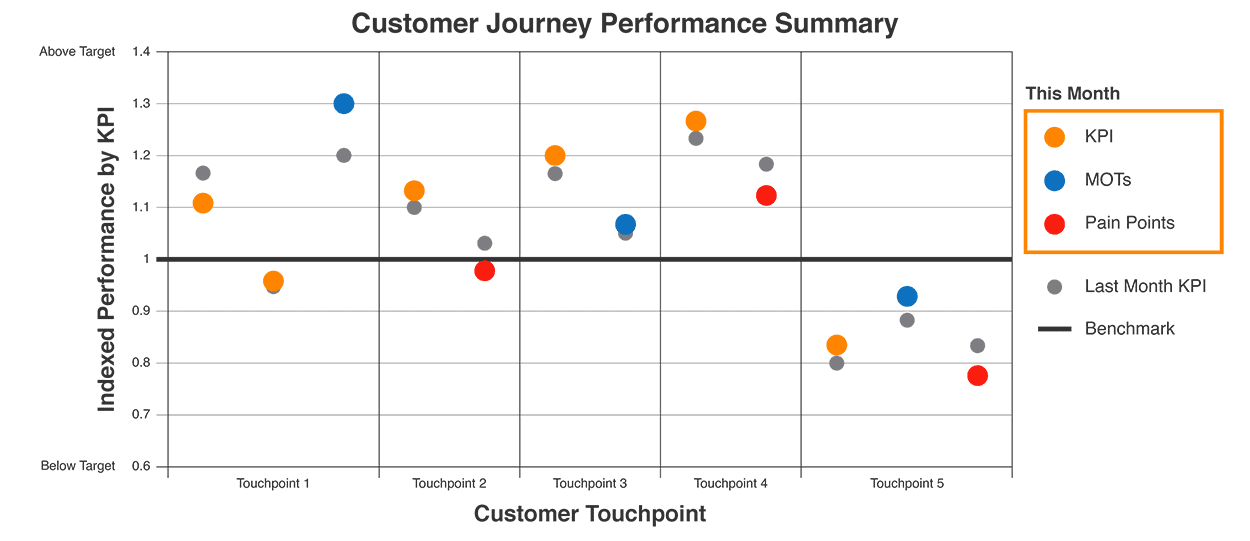
Figure 4: Tracking Customer Journey Improvements. Source: Level5 Strategy
Bringing It All Together: The Characteristics of a Customer-Centric Organization
Over the years, we have observed many organizations who have successfully moved along the path towards being a highly effective customer-centric operation. And though every business’ journey is different, many of the lessons they have learned along the way are similar and grounded in the practices described throughout this series of perspectives.
These lessons are synthesized in Figure 5 below and provide a high-level framework for assessing the maturity of an organization’s customer-centric practices and behaviours, and the readiness of the leadership and team culture to take the necessary and meaningfully big steps towards that future. A classic example of a company widely regarded for delivering a world-class customer experience, in large part based on how ingrained customer drivers are in the internal operations, is the Four Seasons. At the Four Seasons, the customer experience is the product and the brand’s promise. New ideas are raised, developed, and delivered by every employee across the organization, at every level, with a deep foundation of data available to any who asks. Decisions are prioritized through a customer lens (even expensive ones), and their continuous growth is testament to their ability to maintain a clear focus on consistently keeping their brand promise over the long term.
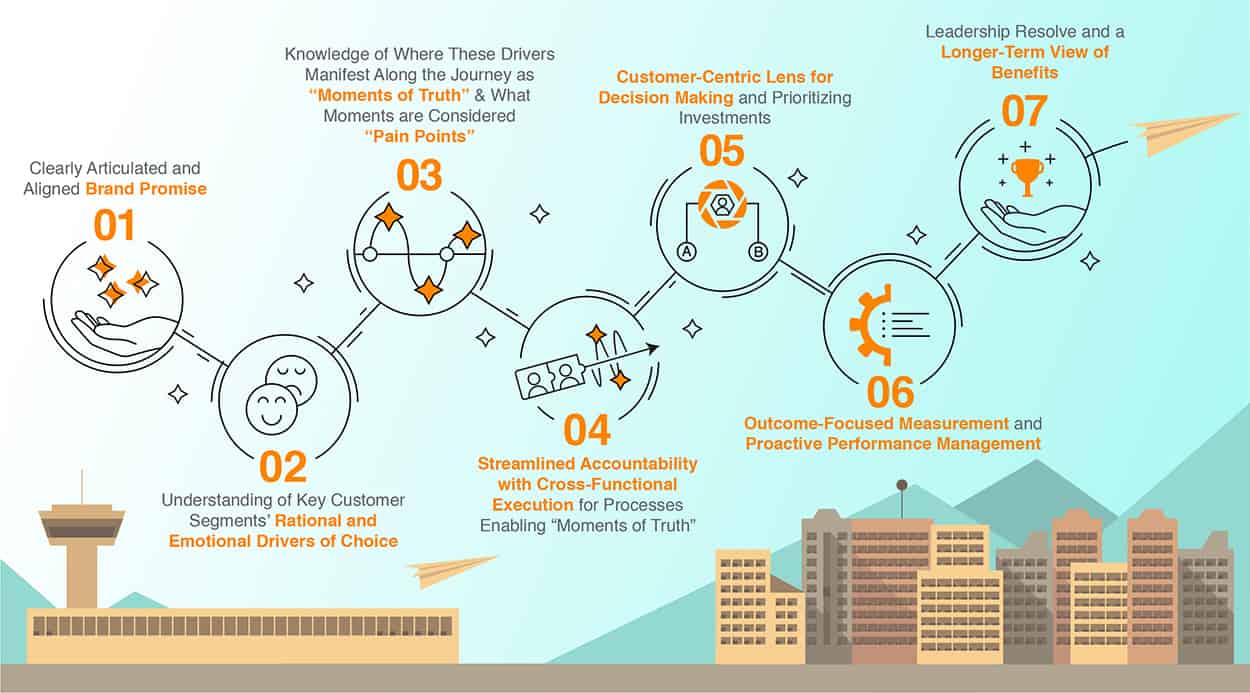
Figure 5: Characteristics of a Customer-Centric Organization. Source: Level5 Strategy
Conclusion
Throughout this series, we framed the importance of determining your customers’ rational and emotional expectations, and, more importantly, where along their journey these expectations matter most. These insights help to ensure that your organization is effectively and consistently delivering on your brand promise.
We also shared how to leverage these insights to make more informed decisions about where along the customer journey to build, enhance, or repair processes; understand the impact and resourcing needed to do so; and, gain the capabilities to measure and manage internal efforts and external outcomes along the way.
Designing a unique customer experience that delivers on customers’ critical wants and needs at key “Moments of Truth” is one of the best ways for an organization to increase customer ‘stickiness’ and drive growth – but it is not easy. It can take many years to get right and requires long-term investment, leadership commitment, and a pervasive customer-first culture. Hard benefits may be difficult to quantify in the short term, but the impacts of more clearly linking the customer experience to the brand’s underlying promise will become more clearly visible as customer satisfaction, loyalty, and endorsement build over time. True customer-centricity is a destination worth pursuing. While it takes time and commitment, organizations who have successfully achieved this can attest that the prize of enduring customer loyalty and sustainable business growth is undeniably worth it.
Authors
Claude Ricks is a Managing Partner with Level5 Strategy and can be reached at cricks@level5strategy.com
Efram Lebovits is a Principal with Level5 Strategy and can be reached at elebovits@level5strategy.com
Jordan Shapiro is a Principal with Level5 Strategy and can be reached at jshapiro@level5strategy.com
Rob Gizzie is a Director with Level5 Strategy and can be reached at rgizzie@level5strategy.com
<< Part 2: Designing for Customer Needs Where and When It Matters Most




